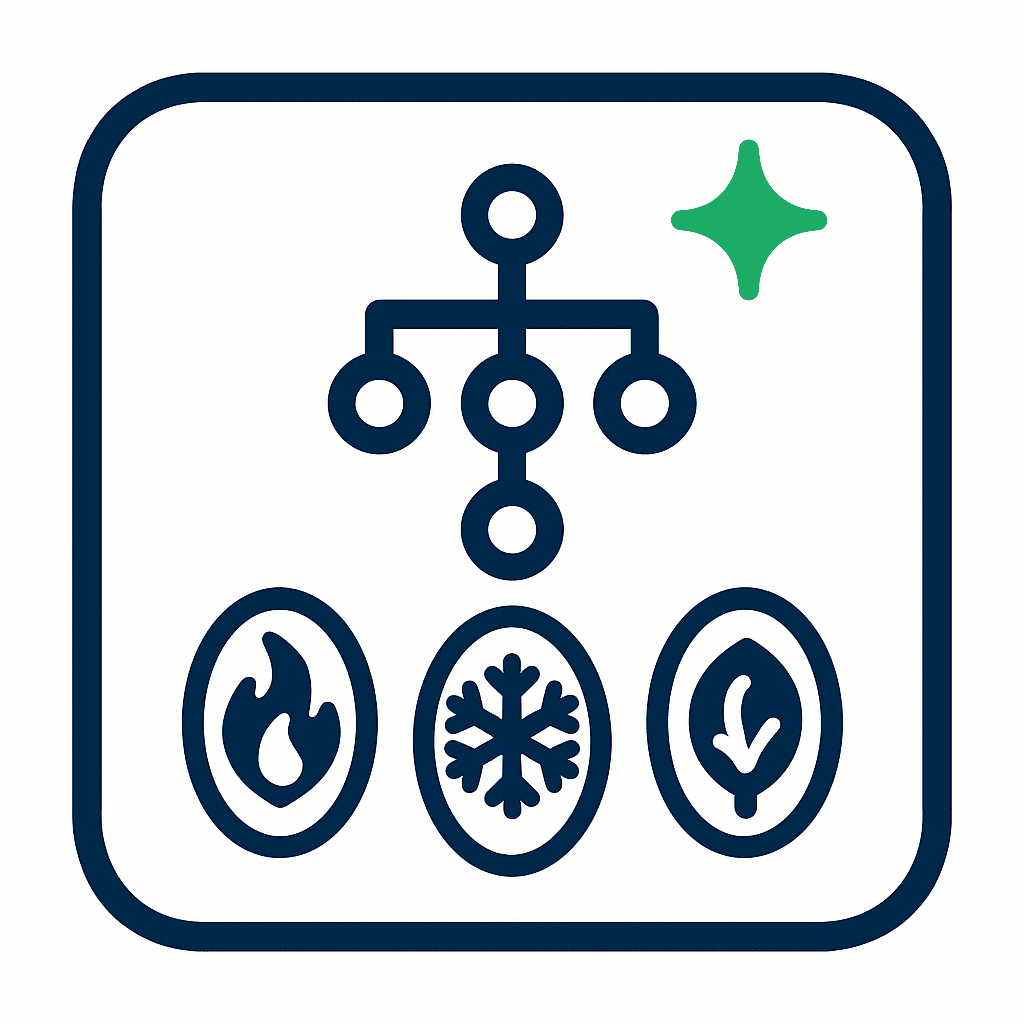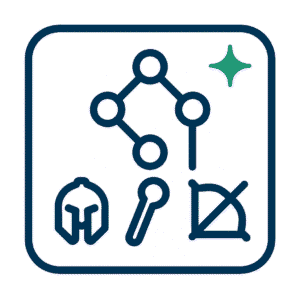Framing: why expansion context matters
Each expansion introduces new spells, rebalances coefficients, or changes talent positioning. These changes shift marginal returns and the ranking of nodes when the objective is either farm speed, raid throughput or battleground control. For example, TBC introduced new core abilities such as summonable pets and class-specific improvements that made some leveling paths more attractive than their Vanilla counterparts; Icy Veins recommends Frost as a TBC leveling baseline for mages because of its control and mana efficiency. See Icy Veins Classic for per-class notes: https://www.icy-veins.com/wow-classic/.
Season-specific planners therefore must be treated as separate models. A classic wow talent build planner that includes toggles for Vanilla, TBC, WotLK and SoD permits side-by-side comparison of marginal returns and the construction of an optimal talent points distribution that suits the chosen expansion.

The Burning Crusade (TBC): utility, sustain and new toolkit breakpoints
TBC expanded level caps and introduced mechanics—new pets, mana management tweaks and raid content with different priority stats—that reshaped talent valuation. The expansion rewarded builds that emphasized sustained single-target throughput in raids such as Karazhan and Gruul’s Lair while preserving strong solo-control choices for leveling. Practical takeaways:
- Leveling paths often differ from endgame paths. The best talent tree for leveling in TBC frequently prioritises crowd-control, mana economy and early access to pet or defensive utilities. Use a TBC-aware planner to see level breakpoints and early-value nodes.
- PvE meta builds for TBC are gear-aware; certain raid talents scale sharply with pre-raid or T1–T2 gear thresholds. Use pve talent builds classic wow references when planning the transition from leveling to endgame to know when to reallocate points.
Operationally, the recommended workflow is to prototype a conservative leveling build in a TBC-aware planner, save an endgame PvE template, and delay expensive full respeccing until the gear level justifies it.
Wrath of the Lich King (WotLK): hybridization and breakpoint-driven talent selection
WotLK introduced talent and kit changes that often emphasized hybrid utility and encounter-specific counters. For many classes WotLK increased the appeal of hybrid or utility points that support both raid and PvP roles. Practical guidance:
- Use a WotLK-aware leveling talent path calculator to model how early investments in utility nodes affect late-game talent ceilings; database-integrated guides provide per-class calculators and build notes that illustrate where a few early points produce asymmetric returns at level 80.
- For raiding, some WotLK nodes produce step-changes in stat scaling (for example haste breakpoints or hit caps). A database-integrated planner that exposes numeric tooltips is the appropriate choice when designing a pve talent builds classic wow configuration for structured endgame play; cross-check those numbers against gear search results to ensure the talent investment is justified.
WotLK also produced scenario-specific builds: a raid leader will benefit from a build that optimizes raid uptime and survivability, while an arena player will prioritize crowd control and burst. In both cases the marginal value of a single talent point can be quantified and compared, so the planner becomes a risk-calculation instrument that supports an optimal talent points distribution decision.
Season of Discovery (SoD): runes, new mechanics and short-run experimentation
SoD is a curated seasonal variant that deliberately changes class toolkits and introduces runes and other season-specific abilities. The season’s phase notes outline the intent and content changes; consult season-specific coverage for exact phase mechanics. For a SoD overview and phase tracking see Wowhead’s Season of Discovery hub: https://www.wowhead.com/season-of-discovery.
SoD-specific considerations:
- The expansion adds new rune choices and sometimes moves functionality between baseline spells and runes. Community planners such as AtlasForge provide SoD-aware talent calculators and rune selectors to experiment with the combinations that matter for the season’s meta: https://atlasforge.net/.
- Because SoD evolves rapidly (hotfixes and phase updates), treat talent allocation as an iterative experiment with short horizons. Save multiple SoD-specific builds and track their relative performance across phase changes.
Tools: picking the right planner per expansion
A pragmatic workflow uses three tool types in sequence:
- Database-integrated planners for deep research: use those when finalising a pve talent builds classic wow plan that depends on gear interactions and numeric tooltips. These tools are essential in TBC and WotLK where gear/talent interactions dominate.
- Lightweight community planners for rapid prototyping and leveling strategies: pick a minimal planner when testing a best talent tree for leveling or trying out marginal swaps while playing.
- Season-specific and mobile calculators for on-the-go SoD experimentation: SoD’s rune mechanics and frequent hotfixes reward fast rebuilds and comparisons. Use a Season of Discovery-aware calculator that exposes runes and their interactions.
Across expansions, stash a saved leveling path and a saved endgame path per character. Store links or codes in a shared document so the guild can audit and discuss optimal talent points distribution before members commit in-game gold.
Respec economics: managing iteration costs
Design decisions must account for respec economics. Historical Classic mechanics introduced decay in respec cost; patch 1.11 documented a decay mechanic that reduced long-term escalation. For background and historical patch details see the Patch 1.11.0 entry: https://wowpedia.fandom.com/wiki/Patch_1.11.0. Planners should therefore include a talent respec cost calculator or a simple stepped schedule in the budget model so that the marginal benefit of a spec change exceeds the expected cost.
A conservative financial rule: assume a small reserve for respeccing (50–100 gold per repeatedly-switching character) during progression windows and prefer staged changes—move only the minimal number of points necessary to unlock required functionality, then test the remainder in low-cost situations.
Practical checklist and governance
- Use a classic wow talent build planner tuned to the expansion you play.
- Draft one leveling build and one endgame build; save both as links or export codes.
- Apply a leveling talent path calculator to identify the earliest point at which a talent payback period becomes positive.
- For SoD or other seasonal variants, test rune and baseline changes in a season-aware planner.
- Budget for respecs with a talent respec cost calculator mindset and prefer incremental changes that have measurable marginal returns.
Final Considerations
Expansion context converts a single static planning problem into a family of interrelated investment decisions. The planner’s role is to render those investments numerically comparable across leveling, PvE and PvP objectives. Use a database-integrated planner where gear and numeric tooltips determine return on investment; use lightweight planners for rapid experimentation and leveling; and use season-specific calculators to model runes and hotfix-driven changes. Maintain saved builds, model respec exposures, and prefer small, high-marginal-return reallocations rather than frequent wholesale resets. This governance approach reduces wasted gold, clarifies trade-offs in optimal talent points distribution, and produces predictable outcomes across The Burning Crusade, Wrath of the Lich King and Season of Discovery play.






